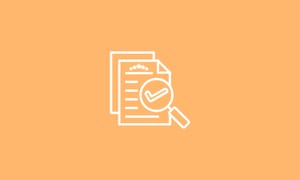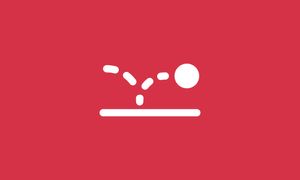Conversion counts. Increasing website traffic is not everything.
You know the situation: sales are dropping, and the pressure on the marketing team is growing. Website traffic is often one of the first numbers to be considered. It would be easy to conclude that your business needs more website traffic, which will automatically result in more sales. But does it?
Here is an alternative: optimising your site – and current traffic – for conversion.
What is conversion rate optimisation (CRO)?
The conversion rate of your website is the percentage of web visitors who take the desired action. This could be a purchase, signing up for regular updates or making an enquiry. Conversion rate optimisation refers to the process of improving your conversion rate.
CRO remains one of the most important factors in driving online sales. Traffic volume is part of the foundation of your conversion. However, it is not the only factor.
Rather than looking for additional traffic, consider the visitors who are already finding your website. These are people who are clearly interested in your products and services. Convincing them to make an enquiry or a purchase generally requires less time and effort than generating additional traffic.
How CRO works
Successful optimisation is based on careful research and analysis. Marketers can choose between a number of strategies to make more of their existing website traffic. To select those which will work best you need to understand where your visitors are coming from and how they find you.
Here are some of the questions to ask:
- Who are your customers?
- Are they restricted to a particular demographic?
- What devices do your visitors prefer to use when they browse your website
- How do they find your website, and where do they enter it?
- Is there a specific cut-off point where they abandon their purchase or your site?
Connecting your website to a solid analytics service such as Google Analytics will answer some of your questions. Analysing your existing customer base will also provide further insight.
Another option is asking your existing customers how they are using your website and why.
Optimisation strategies
Your analysis will help you choose the most suitable conversion rate optimisation strategies for your business. Some of them are almost universally applicable and worth considering for most businesses.
Identify the most promising pages
Getting started with CRO might seem like a big task. However, once you know which pages of your website are most likely to covert, focus your efforts on those.
For most businesses, this will be your homepage or specific landing pages above all others. In fact, landing pages are designed to persuade visitors to take a specific action. For example, if you are trying to convince visitors to purchase a product, including testimonials from existing users may work.
Pricing pages are often among the most frequently visited pages of a website and are prime candidates for optimisation. Not all your customers will have the same budget available to them. Displaying different pricing levels and payment intervals is one way of encouraging conversions. You can also generate enquiries by offering customised quotes. Requesting a quote starts a conversation between your business and the customer and is often the first step towards building a relationship.
Blogs offer conversion opportunities, too. Your business can position itself as a thought leader in an industry, whilst simultaneously turning readers into potential leads.
Create an irresistible call-to-action (CTA)
Now that you have identified the most promising locations to optimise, it is time to create a convincing call to action. Define your most important website goal.
This could be a purchase, a quotation request or asking visitors to create an account. There is no need to choose only one: your website may have primary and secondary goals. These may differ between individual pages.
Your primary call-to-action needs to be placed in an obvious position, above the fold of your website. Visitors need to be able to identify it clearly on any device and act on it easily. Make it clear what you would like visitors to do and how they can benefit from their actions.
Speed things up
No one enjoys waiting a long time for a website to load. You cannot influence the quality of the connection your site visitors have access to. However, you can do everything in your power to ensure your site loads fast. This will help you make a great first impression.
Speed check website speedcheck.org believes that you may lose up to 40% of your visitors if your website takes more than three seconds to load. No business can afford to lose that many potential customers.
Conversion rate optimisation is a powerful tool to help your website generate more business from visitors the site already has. In effect, it will make your existing marketing budget work harder. Choosing between different optimisation strategies needs to be based on research and analysis to be as effective as possible.
What to do next…
Now your conversion rate is higher, you’re starting to bring in more revenue. That can be used to start ramping up your traffic if you need to.






